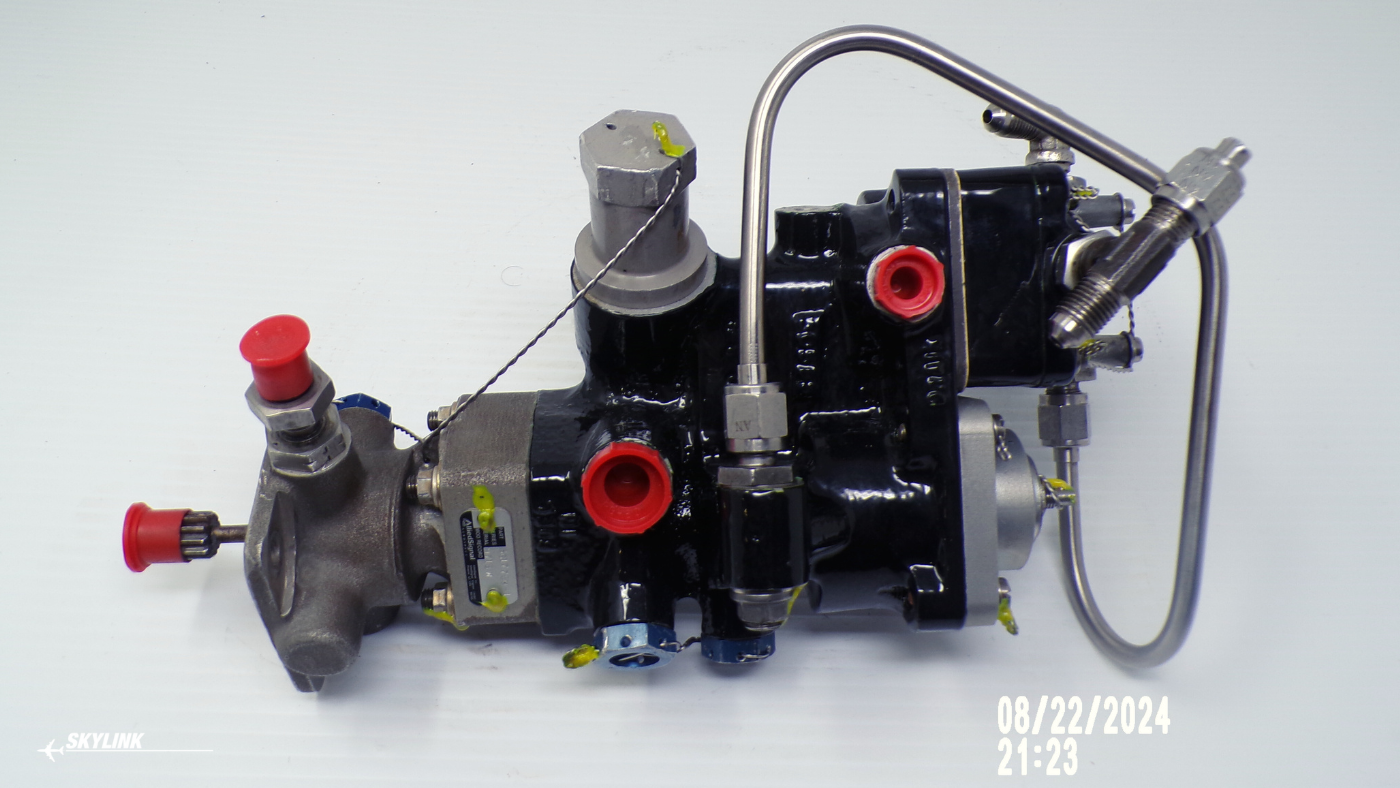Discover how leading airlines are protecting uptime and slashing sourcing risk by overhauling their supply chain strategies—before delays hit.
Tariffs and Import Duties Got You Grounded? Here’s How to Land Softer Procuring Aircraft Material Worldwide
Discover smarter strategies to navigate tariffs, import duties, and currency swings when sourcing aircraft parts worldwide.
How to Spot Counterfeit Aircraft Parts and Why It Matters
Protect your aviation maintenance operations by learning to spot the subtle warning signs of counterfeit aircraft parts that most supply chain teams miss.
Dodging Procurement Problems: Your Guide to Stress-Free Aircraft Parts Sourcing in 2025
Avoid delays and budget overruns with smart aircraft parts sourcing in 2025. Learn expert procurement strategies to streamline your supply chain and keep your fleet flying stress-free.
9 Practical Aircraft Part Demand Planning Tips Every Supply Chain Team Should Know
Master demand forecasting with these 9 practical tips for aircraft part planning, tailored for supply chain teams to minimize downtime and boost efficiency.
The Surprising Reason Your Spare Parts Planning Keeps Failing (And How to Fix It)
Discover the hidden pitfalls in spare parts planning that cost time and money, and learn practical strategies to overcome them effectively.
7 Essential Questions to Ask Your Aircraft Part Supplier: Don't Leave Your Supply Chain to Chance!
Ensure a smooth and reliable supply chain by asking your aircraft part supplier these 7 essential questions before making any decisions.
3 Costly Aircraft Parts Procurement Mistakes You Can't Afford to Make
Uncover 3 aircraft parts procurement pitfalls MRO supply chain managers must avoid to save time, prevent AOG and reduce costs.
The 5 Non-Negotiable Traits to Look for in an Aircraft Material Partner
Identify the five critical characteristics to prioritize when selecting an aircraft material partner to guarantee excellence, dependability, and superior performance in aviation.
Why Transparency is the Ultimate Game-Changer in Aircraft Parts Partnerships
Discover how transparency can revolutionize aircraft parts partnerships, enhancing trust, operational efficiency, and long-term success.















